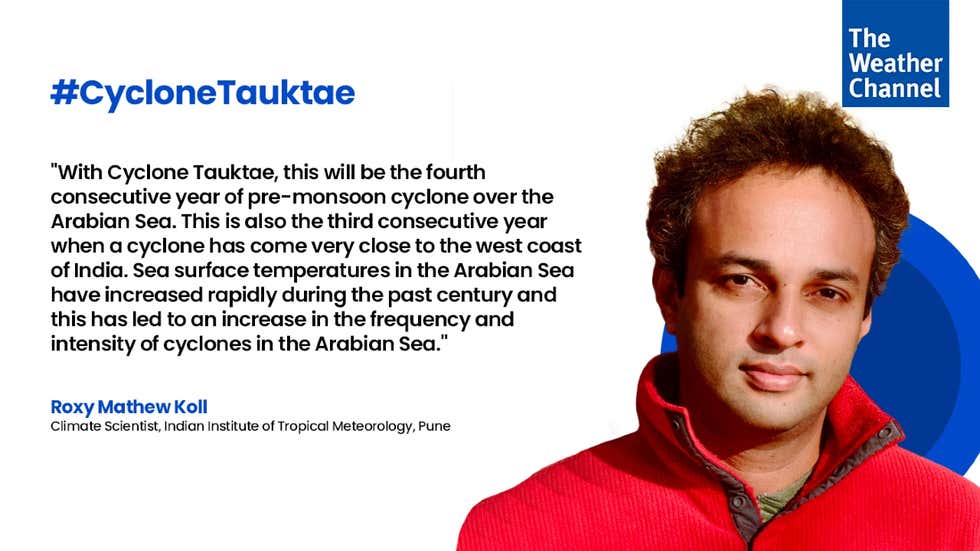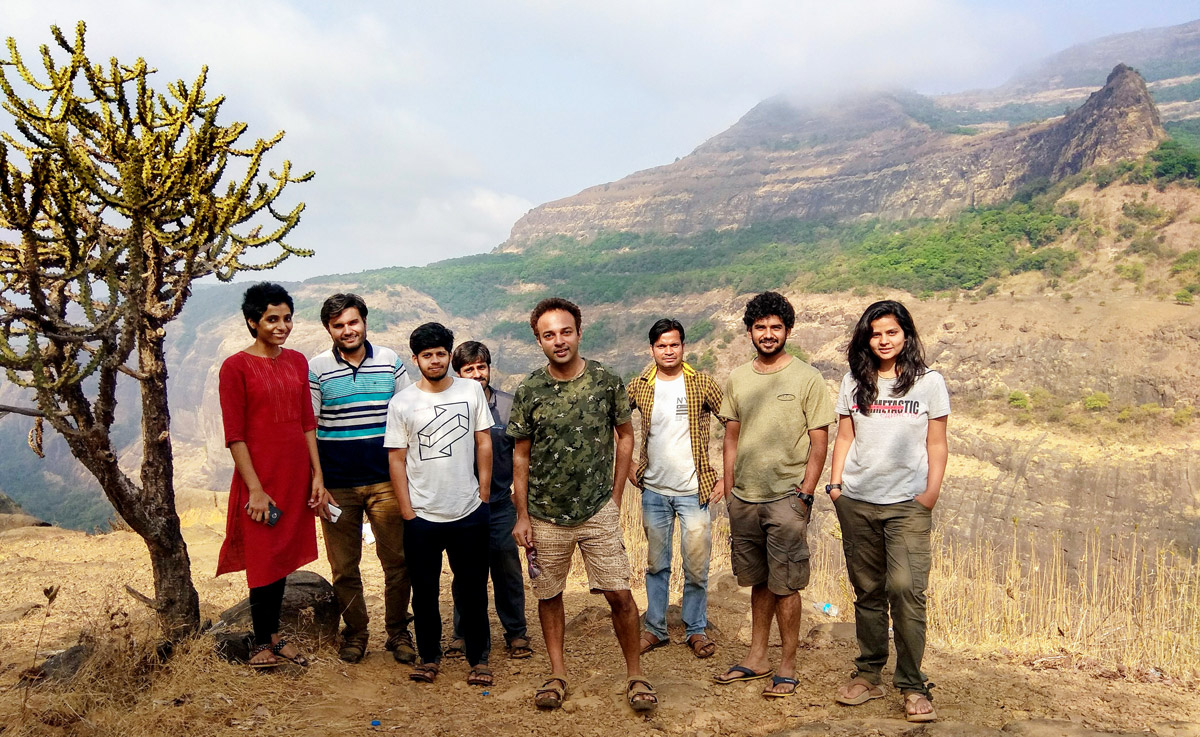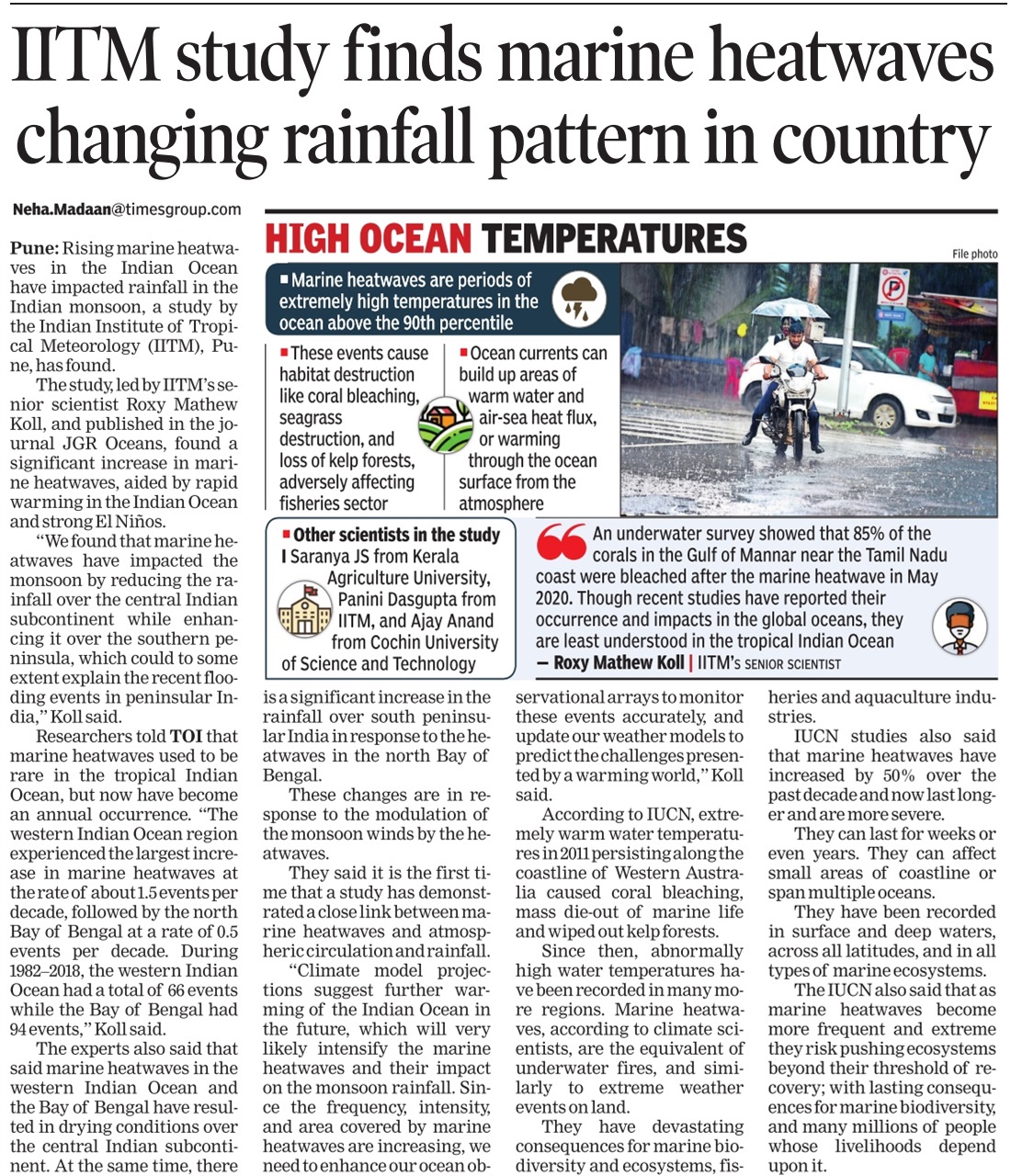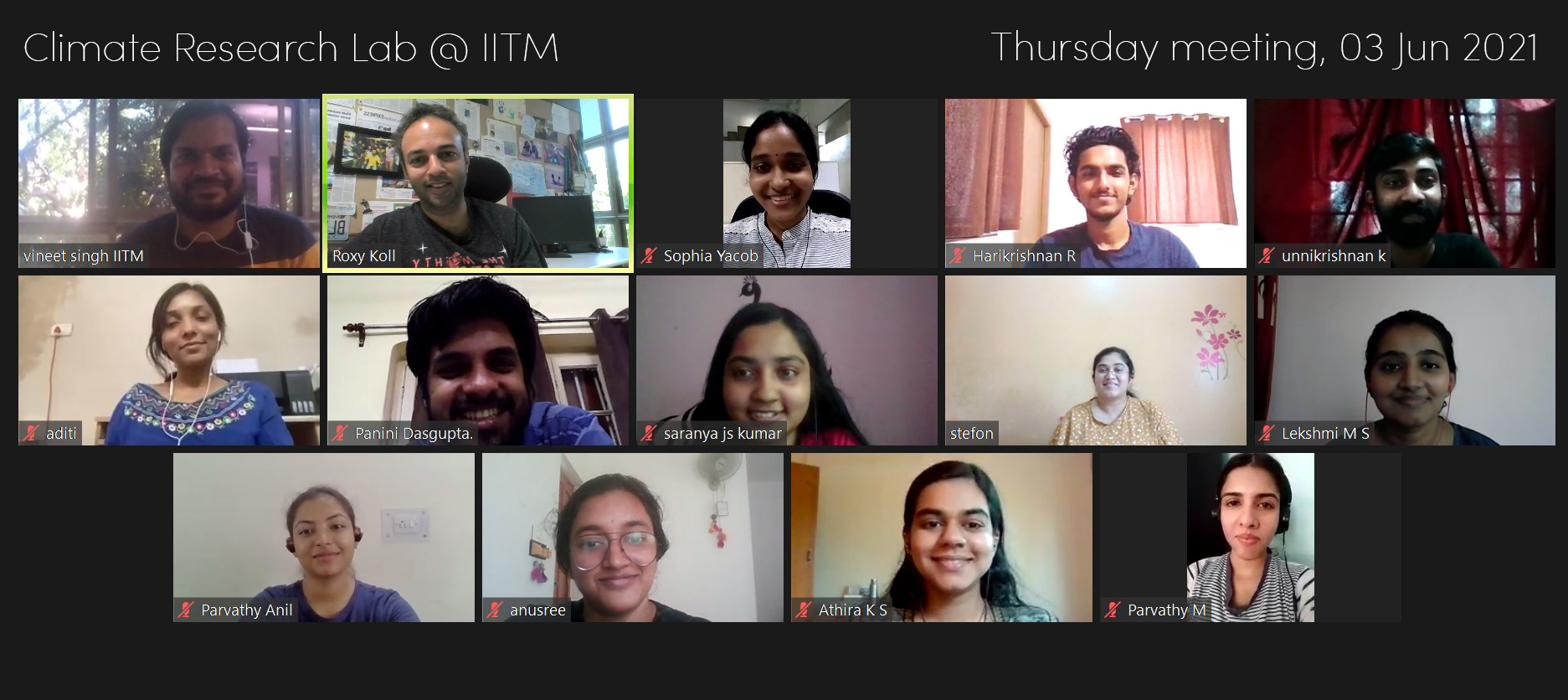Arabian Sea is generally cyclone shy, but that is changing now
Cyclones are among the most devastating extreme weather events that India faces every year. The strong winds and heavy rains that accompany cyclones cause fatalities and damage the infrastructure along the coastline of India. Cyclones, floods, and other weather extremes together took about 1.4 lakh lives during the past five decades.
With Cyclone Tauktae forming now, this will be the fourth consecutive year that the Arabian Sea has hosted a cyclone during the pre-monsoon season (April–June). This is also the third consecutive year when an Arabian Sea cyclone has come very close to the west coast of India. In 2019, Cyclone Vayu moved parallel to the west coast and made landfall on the coast of Gujarat. In 2020, Cyclone Nisarga was the first cyclone in recorded history that hit the Maharashtra coast in June. Now, in 2021, we are expecting Cyclone Tauktae to move along the west coast and dissipate somewhere between the north of Gujarat and Pakistan.
Tropical cyclones draw their energy from the warm waters—a reason why they form over the warm pool regions where temperatures are above 28°C. Sea surface temperatures over the Bay of Bengal are always above 28°C, a reason why they host more cyclones than the Arabian Sea which is a degree or two cooler. Now that is changing due to rapid warming.
Sea surface temperatures in the Arabian Sea have increased rapidly during the past century, and now the temperatures are very often above the warm pool threshold. Warmer temperatures support active convection, heavy rainfall, and intense cyclones. Arabian Sea temperatures prior to cyclone formation are now 1.2–1.4°C higher in the recent decades, compared to those four decades ago. This has led to an increase in the frequency and intensity of cyclones in the Arabian Sea. Recent research shows that widespread extreme rainfall events (above 150 mm/day) that cause floods have also increased threefold over India, in response to Arabian Sea warming.
Ocean warming has made some new challenges also. Cyclones are now intensifying rapidly since warm ocean waters act as fuel for them. Recent cyclones like Ockhi, Fani, and Amphan intensified from a weak cyclone to an extremely severe cyclone status in less than 24 hours due to exceptionally warm ocean conditions. This means that when we go to sleep, we might have a weak cyclone developing, and by the time we wake up, it might have turned into a super cyclone at our doorstep. This kind of rapid intensification gives us less time to take immediate measures for evacuation at the ground. State-of-the-art cyclone models are unable to pick this rapid intensification because they do not incorporate the ocean dynamics accurately. This is hence a forecasting challenge that we need to work on.
Efficient forecasts require efficient monitoring of the ocean, but we have gaps there too. We can monitor and track these cyclonic systems due to the buoys and instruments in the oceans, satellites in the sky, and weather models running on high-performance computers. Global warming has presented us with new challenges such as the rapid intensification of cyclones, which need to be closely monitored at higher resolution and accuracy using on-site platforms such as buoys and moorings. Improving the Indian Ocean Observing System (IndOOS) and incorporating the global warming signals in the weather models can help us tackle the challenges of intense cyclones in the future.
Climate projections indicate that the Arabian Sea will continue warming under increased carbon emissions, resulting in more intense cyclones in the future. Considering that both cyclones and floods due to heavy rains are increasing on the west coast along with a gradual rise in sea level, we need to be prepared. With the data that we have collected, and our weather and climate models, it is possible to understand how the cyclones might change in the coming decades and how that might impact the coastline of India. A risk assessment based on this can definitely help save lives and property.
Originally published in The Weather Channel [link]





